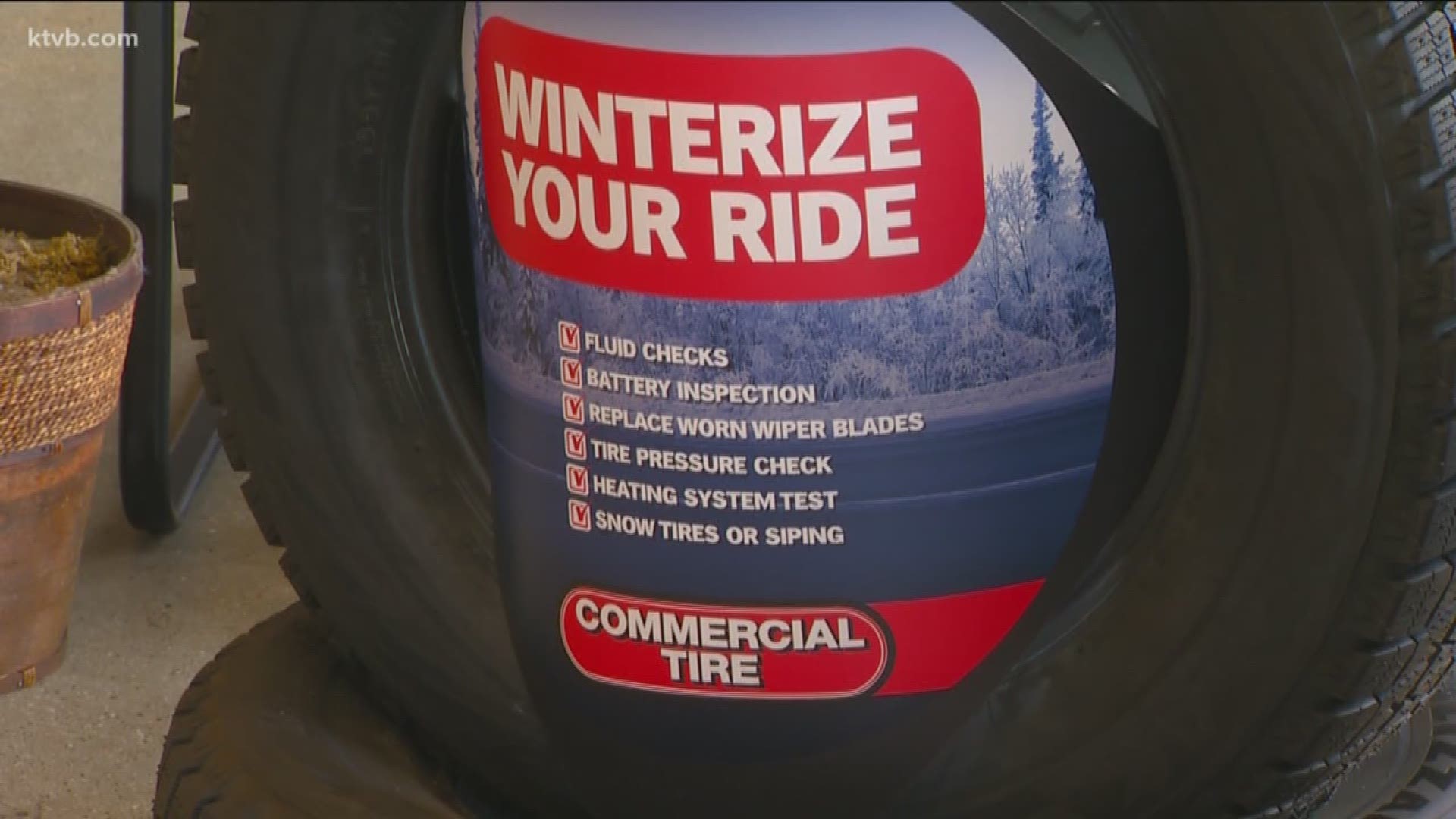BOISE, Idaho — It can happen to anyone - your car breaks down and you find yourself stranded.
In the winter time though, what you have inside of your car can determine how long you're stuck.
“You should have things in case you get stuck, small shovel, if you have some sand to help you gain traction in case you get stuck, having a brightly colored flag or piece of material you can wave in case you are stuck,” Myla Jeffries, a spokesperson for Ada County Emergency Management said.
Winter preparedness kits should also include items like bottled water, non-perishable snacks, flashlights, blankets, jumper cables, and a basic toolkit.
“One of the things we say, regardless of what season it is, is trying to have a half a tank of gas at all times,” Jeffries said. “That way you have enough gas to get you somewhere if it takes you longer to get you to a gas station or you need to use it as a heating source.”
Also, don’t forget about your car maintenance.
“So, this time of year, especially since it was warmer and it's going to be cold for a period of time, making sure your coolant level is correct, air pressure in the tires is incredibly important, not only for longevity, but to make sure that when the temperature drops, your air pressure will drop, don’t ignore that little light on your dash,” Chanda Richard of Commercial Tires said.
Richard urges people to also keep an eye out for slow starting batteries. That's a sign that you might be in the market for a new one. She also recommends people look into tire siping if they don’t want to invest in brand new snow tires.
“Siping a tire can definitely help your stopping capability,” Richard said. “Tread depth is important if you want to add siping to an all-season tire, but it will definitely improve wet traction up to 200 percent depending on the tire that you sip."
Meanwhile, on the roads, ACHD says all of their equipment is ready to go. The agency has been preparing for wintry conditions since Nov. 1.
“What we have done is we sent our crews out over the weekend to pre-treat the roads with magnesium chloride,” Natalie Haver, a spokesperson for ACHD, said. “It's kind of like de-ice so, what it is, is it prevents the snow from sticking; so when the snow hits, it melts.”
Crews will be on call Wednesday and keeping an eye on road conditions, as the snow falls.
ACHD said typical costs for snow operations is about $1.7M a year. Compare that to a couple of years ago during "Snowmageddon," when snow operation costs more than $6 million.

